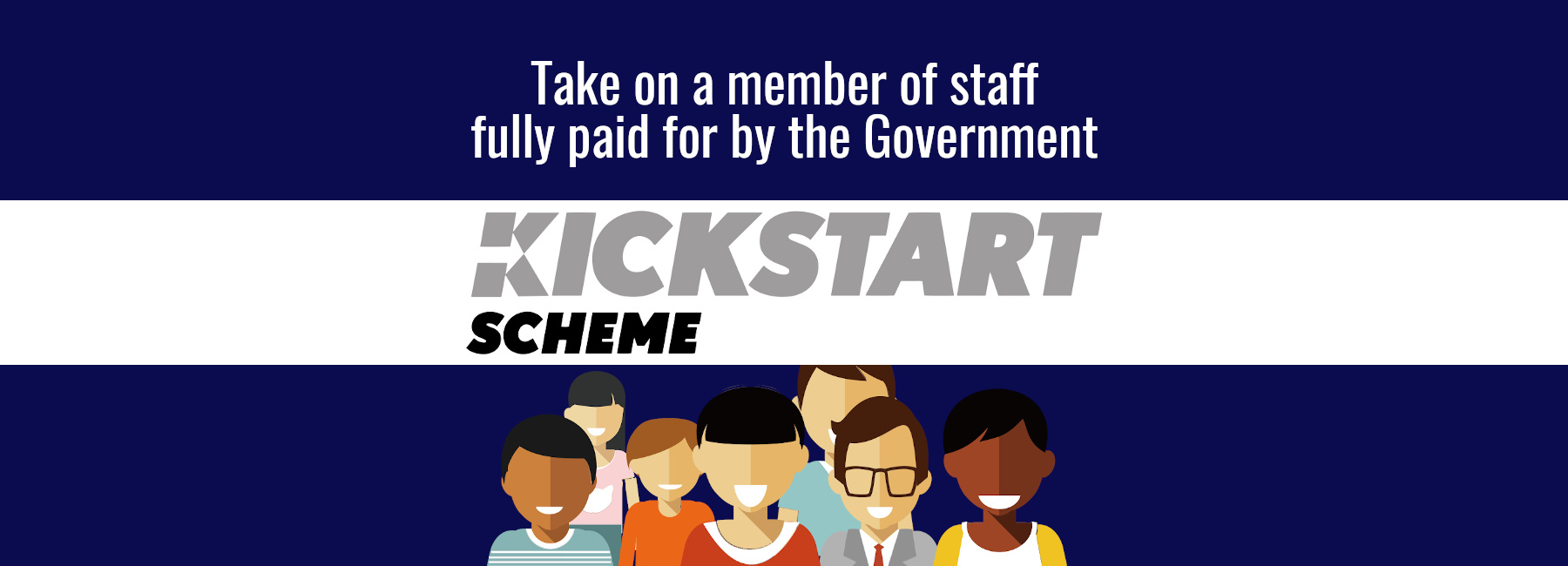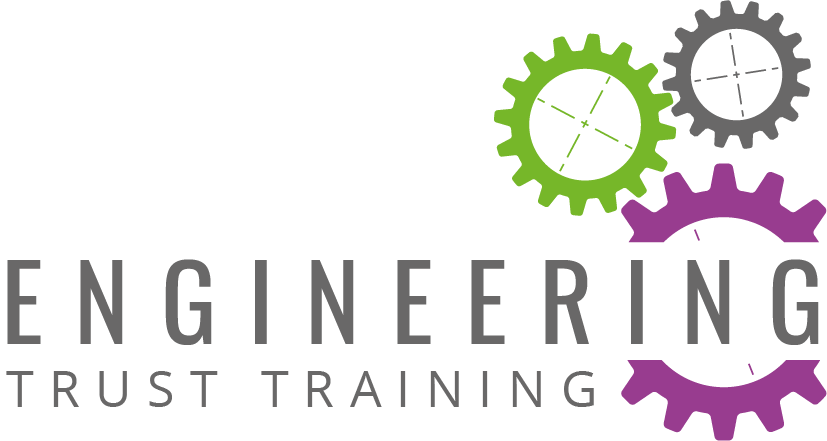
All you need to know about the Kickstart Scheme
Find out all the information you need to know about the Kickstart Scheme, taking on a member of staff fully paid for by the Government and how you can use us to access the funding.
What is the Kickstart Scheme?
The Kickstart scheme, announced by chancellor of the exchequer Rishi Sunak in his summer statement in July, offers 16 to 24-year-olds a 6-month work placement with the government picking up their wage bill. Each placement created must be a new job and the person employed must be currently on Universal Credit and at risk of long-term unemployment. Employers must also support the participant(s) to develop the skills and experience they need to find work after completing the scheme.
Great, what’s the catch?
No catch per se, however the main sticking point for a lot of businesses looking to use the scheme is that they need 30 placements in order to apply for the funding, an amount out of reach for many alone. That’s where we can help as a Kickstart Gateway Organisation.
What is a Kickstart Gateway Organisation?
We bring together a group of businesses in order to reach the minimum number of placements (30) and access the funding. We also offer the businesses we work with support to fulfil the training element of the placement via our online training courses.
Wages paid in full.
Funding is available for 100% of the relevant National Minimum Wage for 25 hours a week, plus associated employer National Insurance contributions and employer minimum automatic enrolment contributions. There is also £1,500 per job placement available for the business to cover off setup costs, support and training.
More detail in regard to the placement.
The work placements created with Kickstart funding must be new jobs. They must not replace existing or planned vacancies or cause existing employees or contractors to lose or reduce their employment. The placements an employer is offering must be a minimum of 25 hours per week, last for a 6-month period and pay the participant at least the National Minimum Wage for their age group. The role should not require people to undertake extensive training before they begin the placement and each role must have a job description which states what the person will be required to do and how the employer will help to develop their skills and experience. This could include in work training for the role, support with basic skills such as attendance, timekeeping and teamwork or giving them career advice, support with their CV or interview practice for future roles. As I mentioned earlier, we can help employers with the training element of a placement.
How do businesses recruitment the young person?
Once the application has been accepted, we will provide the DWP with a job description for each placement which will be loaded onto their central system for Jobcentre Coaches to see. Candidates will be referred to placements by the Jobcentre Coach, in fact, employers will only obtain funding from the Kickstart scheme if they appoint a young person that has been referred to the placement via a Jobcentre Coach.
Young people will contact the employer directly once matched to a job placement and the employer will follow their normal recruitment process in order to select who they would like to employ. Once they know who that is, the employer must put in place all the necessary paperwork required to employ the participant for a 6-month period, on at least National Minimum Wage for their age.
How does the funding work?
Funding paid to the employer includes National Minimum Wage for the age of the person employed up to 25 hours per week. It also includes employer national insurance contribution and employer minimum automatic enrolment contributions.
It is worth noting that funding for wages, NI and auto enrolment is paid to the employer via us in month 4 and 7 of employment (month 7 being after the young person has completed the placement). This means it is the employers’ responsibility to pay the young person in line with their normal payroll arrangements, either weekly or monthly. For avoidance of doubt, the employer will need to bridge the gap between paying the young person during the first three (and last three) months and the date that they (the employer) receive the funds for the young person’s wages from the Kickstart Scheme. The young person must be paid via the employer’s PAYE scheme and the DWP will use information from HMRC to check that the young person is employed, and will pay the Kickstart funding in relation to that data.
What happens at the end of the placement?
The hope is that the young person will have gained the knowledge, experience and skills to put them in a good position to find employment or training. There are several possible outcomes (not exhaustive):
the employer sees potential and puts them onto an apprenticeship which would continue their employment, learning and build their skills to be beneficial to the business. Speak to us for advice and guidance on apprenticeships;
the employer continues to employ them and take on the full cost of their wage. This could be in the same role or another within the business;
the employer has no employment opportunities for them. They will return to the job market where they can use their improved skills and experience to find another role.
In conclusion
I think Kickstart is a great initiative. At the least, it is a paid work opportunity for a young person and a fully paid, extra pair of hands (or several pairs of hands) for an employer – that can’t be a bad thing in the current economic climate. There is no obligation for the employer to take the person on past the placement. However, if the employer finds someone who is a great member of staff or someone who has potential, then the employer is probably going to keep hold of them and put more time and training to develop them into the staff member they need.
Want to take someone on via the Kickstart Scheme?
Get in touch and we will help you through the process. Give us a call 01993 882008 or email us info@theengineeringtrust.org.
Written by Mark, ETT CEO.
